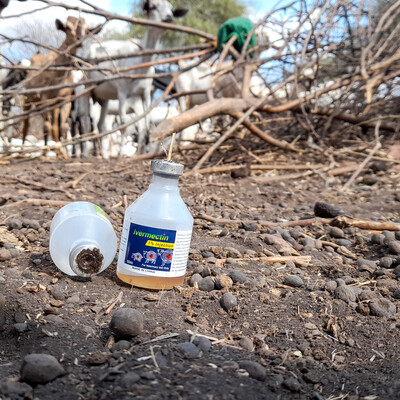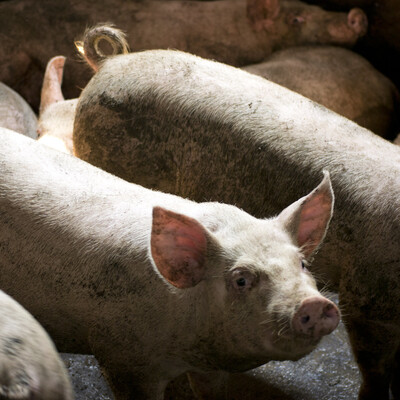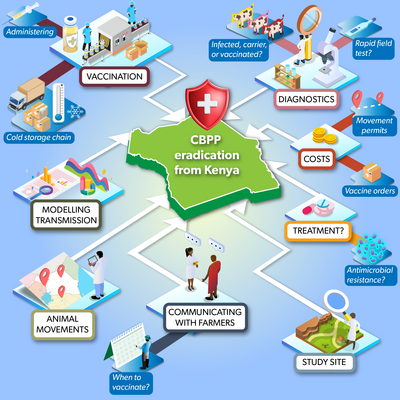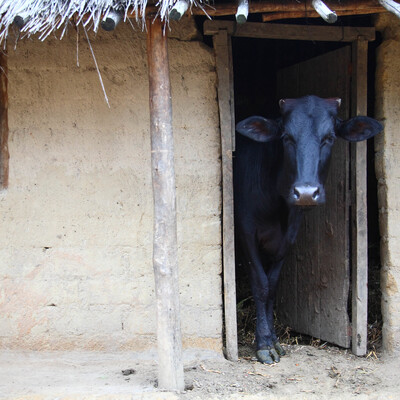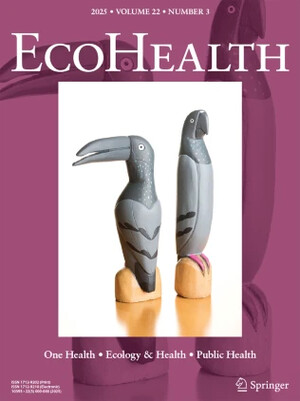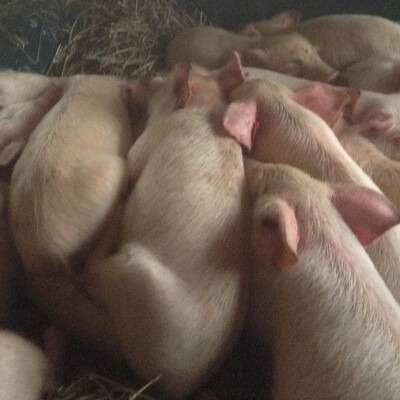
Smartphone app improves community livestock disease surveillance in northern Kenya
A smartphone app for surveillance and reporting of livestock diseases has greatly improved the process of collecting and analysing disease surveillance data in northern Kenya, where livestock keeping is a key source of income and livelihood.
The LivHealth e-surveillance app has facilitated the recording of symptoms of livestock diseases by community disease reporters. It has also enabled quick and accurate documentation of disease syndromes as well as confirmed disease outbreaks within the communities.
Syndromic disease surveillance involves identifying specific disease patterns and signs, or groups thereof, and analysing this information within the context of a specific environment and time period.
The e-surveillance app was developed by the International Livestock Research Institute in collaboration with the directorates of veterinary services at national level and in Garissa, Isiolo, Marsabit, Turkana and Wajir counties.
Previously, information on livestock disease outbreaks in these counties was mainly collected and passed on by word of mouth, a lengthy and often unreliable method of transmitting disease information to the veterinary authorities.
The app is well suited for use in pastoral areas, with designated community disease reporters, many of whom are women, playing key roles in data collection.
The community disease reporters use the app to capture and upload data on the disease symptoms, the sick animal and its location to an online server. A field veterinarian then reviews the data, diagnoses the disease, and is then able to target the appropriate response intervention.
Such timely and accurate transmission of livestock disease data has led to a more efficient and data-informed approach to disease prevention and control.
Counties have now shifted from indiscriminate mass treatment of livestock to a more targeted approach to early detection, reporting and control of livestock diseases.
The use of the app has also strengthened linkages among the pastoralists, veterinary officers, agro-veterinary drug vendors, abattoir workers and livestock sellers.
It has also expanded the sources of livestock disease data to include private actors such as agro-veterinary drug vendors, thereby increasing the scope of its use to women and the youth.
Photo credit: Borana women with sheep and goats at a traditional deep well water source, Garba Tulla, Isiolo, Kenya (ILRI/Fiona Flintan)






